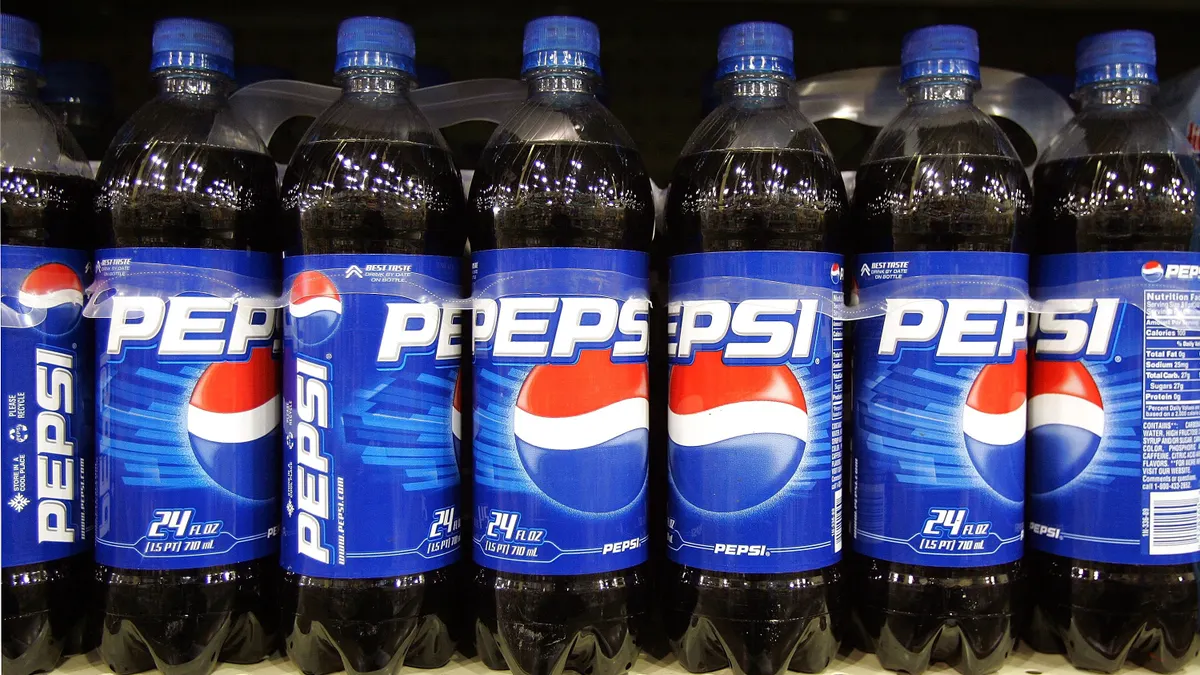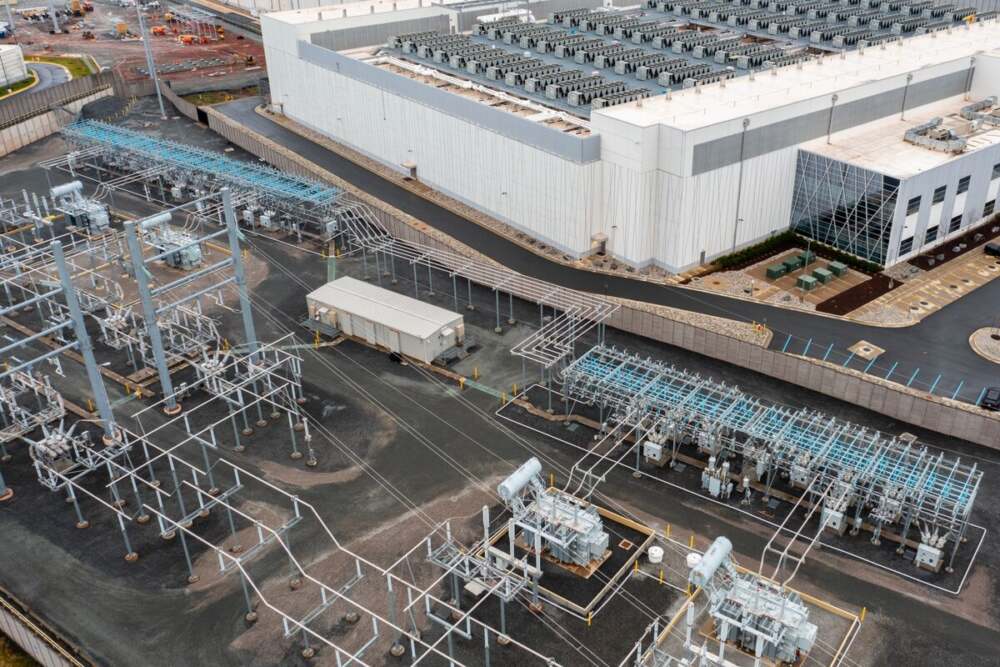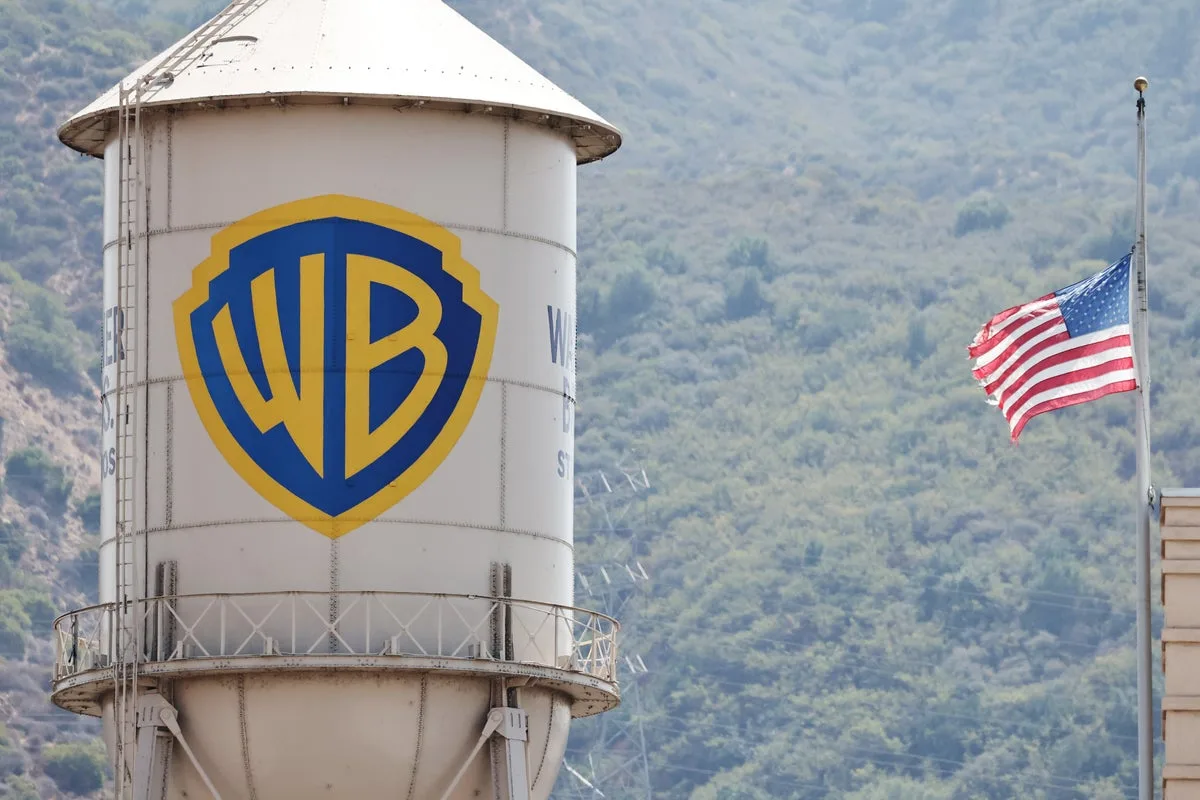PepsiCo, the global food and beverage powerhouse behind brands such as Lay’s, Doritos, Gatorade, and Pepsi, posted stronger-than-expected third-quarter results for 2025, showcasing its ability to navigate inflationary pressures, evolving consumer preferences, and an increasingly competitive marketplace. However, beneath the upbeat headline figures, the company faces challenges in its core North American markets, where declining sales volumes remain a concern.
Solid Financial Performance Despite Headwinds
In its latest earnings release, PepsiCo reported revenue of approximately $23.9 billion, reflecting a year-over-year increase of roughly 2.7 percent. Earnings per share (EPS) came in at $2.29, surpassing analyst expectations and underscoring the company’s disciplined pricing strategy and balanced geographic portfolio.
The results were buoyed by higher prices across PepsiCo’s major product categories, helping to offset sluggish demand and cost inflation in raw materials and logistics. Still, the company’s executives acknowledged that volume growth in North America declined, a worrying sign for one of its most mature and profitable markets.
North America Struggles as Consumers Tighten Spending
In the U.S. and Canada, PepsiCo experienced weaker demand for its flagship snack and beverage products. Consumers, still grappling with elevated food prices and economic uncertainty, appear to be trading down to lower-cost options or private-label alternatives. This trend was particularly visible in the Frito-Lay North America division, which saw modest revenue gains driven primarily by price hikes rather than increased unit sales.
Executives at PepsiCo said they are implementing several measures to restore volume growth, including:
- Expanding affordable product offerings, such as smaller pack sizes and lower-priced options.
- Refreshing product portfolios to include more health-conscious and functional options.
- Reinvesting in brand marketing to strengthen consumer engagement amid rising competition.
Despite these strategies, analysts warn that PepsiCo’s pricing-driven growth model may have reached its limit. “You can only raise prices so much before consumers start to push back,” said one market analyst. “The focus now has to shift toward innovation and regaining volume momentum.”
International Markets Deliver Strong Performance
While domestic sales faltered, PepsiCo’s international operations once again proved to be a bright spot. The company recorded healthy growth in Latin America, Asia-Pacific, and parts of the Middle East and Africa. Demand for locally tailored snacks and beverages remained robust, with regions such as India, Brazil, and Thailand contributing significantly to overall volume gains.
PepsiCo’s global reach—spanning more than 200 countries—continues to serve as a vital hedge against regional volatility. The company has also invested heavily in emerging markets, where rising disposable incomes and expanding retail networks offer long-term growth opportunities.
Moreover, PepsiCo’s focus on local flavors and partnerships—from mango-flavored soft drinks in India to spicy snack lines in Latin America—has helped the brand resonate with regional tastes, enhancing its competitive edge abroad.
Leadership Change Signals Strategic Recalibration
The earnings announcement coincided with a notable leadership transition. Chief Financial Officer Jamie Caulfield announced plans to retire after nearly two decades with the company. He will be succeeded by Steve Schmitt, currently the CFO of Walmart U.S., who is expected to take over in November.
Industry observers see the move as a sign of PepsiCo’s intent to strengthen its financial discipline and refocus on efficiency amid changing market dynamics. Schmitt’s extensive experience managing large-scale operations and cost structures could prove pivotal as PepsiCo aims to balance growth with profitability in a tougher global economy.
Pricing Power and Cost Pressures
One of PepsiCo’s biggest strengths throughout 2024 and 2025 has been its pricing power. The company managed to raise prices without suffering catastrophic volume losses, reflecting strong brand loyalty and consumer trust. However, that strategy is becoming more delicate as inflation fatigue sets in and competitors intensify promotional discounts.
Additionally, input cost inflation—particularly in agricultural commodities, transportation, and packaging—continues to compress margins. PepsiCo has worked to offset these pressures through supply chain optimization, automation, and a gradual shift toward sustainable packaging, which the company claims will deliver both cost and environmental benefits in the long run.
Strategic Outlook and Future Growth Plans
PepsiCo reaffirmed its full-year 2025 guidance, targeting low single-digit organic revenue growth and steady earnings expansion. Executives emphasized ongoing investments in innovation, digital marketing, and sustainability as key pillars of long-term success.
Looking ahead, PepsiCo plans to focus on several strategic priorities:
- Innovation in healthier products – introducing reduced-sugar beverages, high-protein snacks, and plant-based offerings.
- Sustainability and supply chain efficiency – increasing the use of renewable energy and recyclable packaging across all operations.
- Expansion in emerging markets – leveraging its global distribution to tap into fast-growing middle-class populations.
- Digital transformation – enhancing data analytics and e-commerce channels to capture changing buying habits.
The company also remains committed to shareholder returns, continuing its steady dividend growth and share repurchase programs, which have historically boosted investor confidence.
Investor Reactions and Market Outlook
Following the earnings release, PepsiCo shares rose modestly in premarket trading as investors reacted positively to the revenue and profit beat. Analysts noted that while the results reinforce PepsiCo’s resilience, the decline in North American volume is a red flag that warrants attention.
Long-term investors view the company as a stable defensive stock, offering steady returns through its diversified portfolio and strong cash flows. However, for growth-oriented investors, the challenge lies in how quickly PepsiCo can reignite consumer demand in its core markets and adapt to shifting dietary preferences.
Conclusion: Strength Amid Transition
PepsiCo’s Q3 2025 report paints the picture of a company navigating a complex global landscape with a blend of discipline and adaptability. It continues to outperform expectations thanks to pricing power, brand strength, and international diversification—but the path forward will demand renewed innovation, sharper cost management, and a more nuanced understanding of the modern consumer.
As PepsiCo enters the final quarter of 2025 under a new financial leadership team, all eyes will be on whether it can convert strategic adjustments into sustained volume recovery and long-term growth.
















Leave a Reply